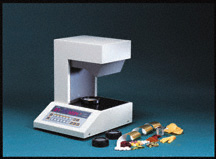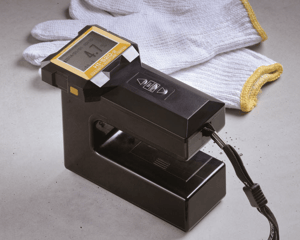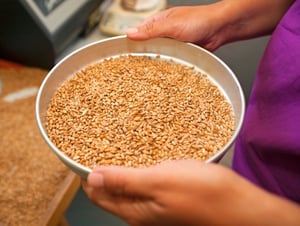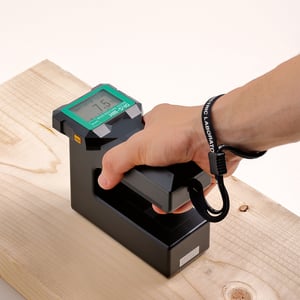 Do you get inconsistent results from your moisture meter? There are many factors that can result in varying moisture measurements, which can affect production times and process efficiencies.
Do you get inconsistent results from your moisture meter? There are many factors that can result in varying moisture measurements, which can affect production times and process efficiencies.
The purpose of this article is to share 4 tips to help you improve the results of your moisture meter.
1. Determine the properties of your test sample
The inconsistency of your results may be caused by other factors that affect the moisture testing properties. Some of the major factors that affect moisture measurements may include volatiles, which are usually released at temperatures that are close to that of water vapor. The non-aqueous (not water-based) volatiles can create abnormal conditions that appear to release water at irregular times. It is advisable that you find out whether these volatiles are causing the inconsistency. In order to increase your level of accuracy, consider running more tests to statistically reduce the effects caused by these variations. It is also important to use different test methods, especially reducing the drying temperatures of Loss-on-Drying tests to increase your accuracy levels. If using Karl Fischer (KF) tests, be aware that hydrate molecules are often counted as water.
2. Determine your measurement needs
With different types of moisture meters, it is important that you pick the moisture meter that best fits your measurement needs. If, for example, you are measuring a variety of wood species, you will need advanced equipment that is calibrated with the necessary temperature adjustments and wood density. Determining the depth of the sample’s subsurface helps you to decide which type of moisture meter to use. A pin type moisture meter will read the moisture up to a depth of 5/16” while the pinless moisture measuring device will take measurements at depth ranging between ¾” up to 1" (or more) into the sub surface. For deep penetration, long insulated pins need to be used as this reduces the chance of false moisture readings. The hammer probes are suitable where you do not want to drill holes on the surface and are ideal for testing lumber with a wet surface.
3. Choose the right automatic level and operation
It is advisable to always verify the automatic shut-off settings and operational program, which are going to determine when the testing procedure is going to stop. When you are using the loss-on-drying method (LOD), the setting will change as the weight reduces. Where the device is set to stop too soon, then the weight will still be steeply dropping and the variable moisture loss is the cause of the inconsistent results. You must try to avoid burning or even scorching the sample as it will further complicate having a consistent measurement process.
4. Subject your samples to similar environmental conditions
Another source of inconsistent results arises if your test sample is subjected to different environmental conditions. Keep in mind that the moisture content will vary in different environments. Make sure that all the samples you test have equivalent environmental conditions, as this will lead to more accurate results. In some cases, electrical power conditions are responsible for such inconsistencies. It is always advisable that you utilize similar equipment and environmental conditions for all of your test samples.



